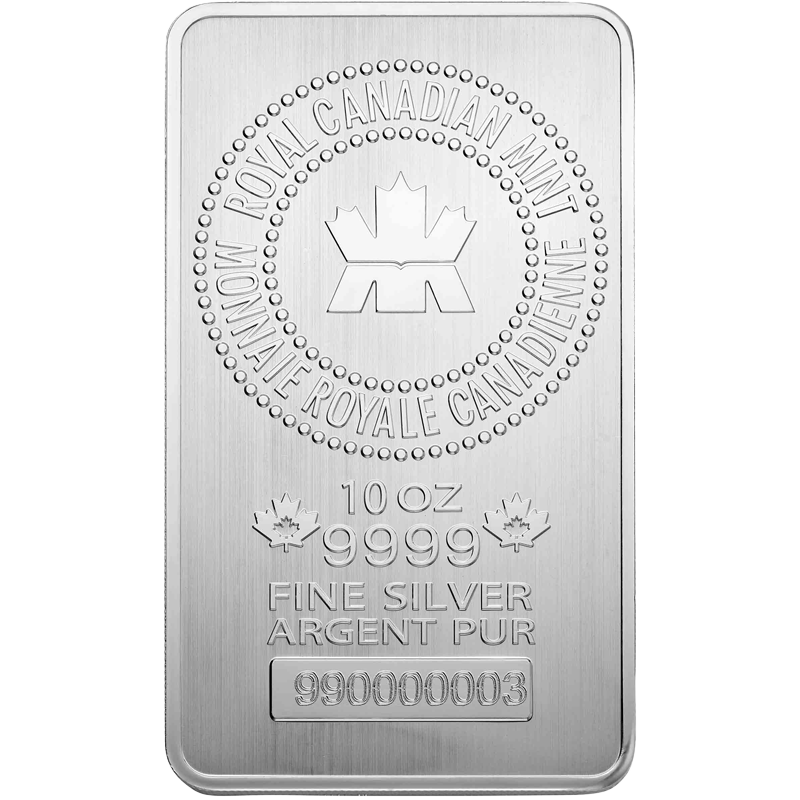Silver bullion has been a trusted form of wealth preservation for centuries. As a tangible asset, it holds intrinsic value and serves as a hedge against economic uncertainty. Investors often turn to silver bullion due to its affordability compared to gold, making it accessible to both novice and seasoned investors. The demand for silver extends beyond investment, as it is widely used in industries such as electronics, medicine, and renewable energy. This dual role enhances its long-term value, positioning silver bullion as a reliable store of wealth.
The Historical Significance of Silver
Silver has played a crucial role in global economies for thousands of years. Ancient civilizations, including the Greeks, Romans, and Chinese, utilized silver as a medium of exchange and a symbol of wealth. The metal’s role in coinage persisted into modern times, with various countries minting silver currency. Even after fiat currency replaced silver-backed money, the metal continued to be a sought-after investment. Understanding the historical importance of silver provides insight into its enduring value and appeal.
Different Forms of Silver Bullion
Investors can purchase silver bullion in various forms, each offering unique advantages. Silver bars are a popular choice due to their low premiums and ease of storage. They come in different weights, ranging from one ounce to several kilograms, allowing investors to buy according to their financial capacity. Silver coins, minted by government institutions, carry a legal tender value and often feature intricate designs that appeal to collectors. Rounds, which resemble coins but lack legal tender status, provide an alternative for those seeking affordable and aesthetically appealing silver investments.
The Factors Influencing Silver Prices
Several factors contribute to fluctuations in silver prices. Supply and demand play a fundamental role, with industrial applications driving a significant portion of silver consumption. Economic conditions also impact silver’s value, as investors flock to precious metals during times of financial instability. Inflation, currency devaluation, and geopolitical tensions further influence silver prices. Additionally, mining output and technological advancements in silver extraction affect the metal’s availability, contributing to price volatility.
Benefits of Investing in Silver Bullion
Silver bullion offers several advantages as an investment. It provides a hedge against inflation, as precious metals tend to retain their value when fiat currencies weaken. Silver’s industrial demand ensures its continued relevance in the global market, contributing to long-term appreciation. Unlike paper assets, silver bullion is a physical asset that investors can store and control without reliance on financial institutions. Its liquidity allows for easy buying and selling, making it a versatile addition to an investment portfolio. Moreover, silver’s affordability compared to gold enables investors to accumulate wealth incrementally.
How to Buy and Store Silver Bullion
Purchasing silver bullion requires careful consideration of reputable dealers and secure storage options. Investors should buy from authorized dealers or government mints to ensure authenticity. Online platforms, local coin shops, and auctions provide avenues for acquiring silver, but thorough research is necessary to avoid counterfeit products. Proper storage is essential to preserve silver’s condition and value. Options include home safes, bank deposit boxes, and specialized vault services. Keeping silver in a secure location minimizes risks associated with theft and environmental damage.
The Role of Silver in Diversifying a Portfolio
Diversification is a key strategy for reducing investment risks, and silver bullion plays an integral role in achieving this balance. As a non-correlated asset, silver moves independently of traditional financial markets, providing stability during economic downturns. Investors seeking to protect their wealth often allocate a portion of their portfolio to precious metals, ensuring resilience against market volatility. Silver’s unique position as both a monetary and industrial metal further enhances its diversification benefits, making it a strategic addition to any investment plan.
Future Outlook for Silver Bullion
The future of silver bullion remains promising, driven by increasing industrial demand and global economic trends. Technological advancements in renewable energy, particularly in solar panels and electric vehicles, continue to elevate silver’s importance. Growing concerns over inflation and currency devaluation may further boost silver’s appeal as a safe-haven asset. While short-term price fluctuations are inevitable, the long-term outlook for silver remains strong, reinforcing its status as a valuable investment.
Conclusion
Silver bullion stands as a timeless investment, offering security, liquidity, and diversification benefits. Its historical significance, industrial applications, and role in preserving wealth make it an attractive option for investors. Understanding the factors influencing silver prices and adopting secure storage practices enhance the benefits of investing in this precious metal. As economic uncertainties persist, silver bullion remains a reliable and accessible avenue for safeguarding financial stability and long-term wealth growth.







